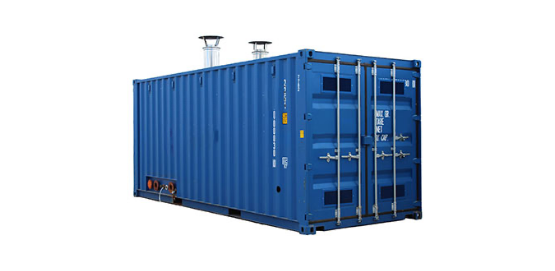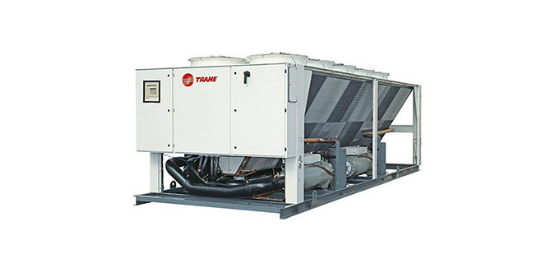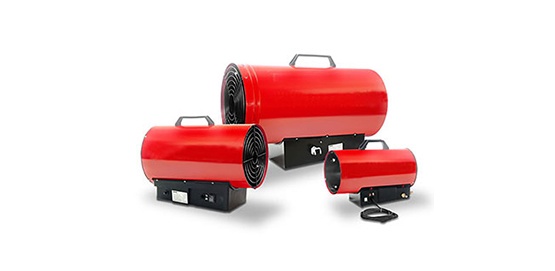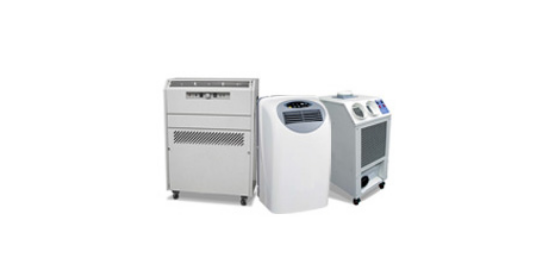01264 387370
We are leaders in UK HVAC hire
Here at All Seasons Hire, we pride ourselves on delivering a wide range of hire products, services and solutions across all industries and business sectors.
Find out moreBack to Work
Let All Seasons Hire take the heat out of returning to the office. Our extensive range of air handling systems can provide large volumes of cool fresh air ensuring a safe, comfortable workspace throughout the summer. We can also deliver ventilation to work alongside your existing air-conditioning boosting fresh air supplies and make your workspace a relaxing and secure environment.
One of the largest & youngest Boiler fleets in the UK
Our commercial boiler rooms are the perfect solution for temporary or replacement plant rooms. From 22kW to 2MW for simple domestic hot water through to district energy systems, we have a boiler solution for you.
Portable Air Conditioning Hire
All Seasons hire is a nationwide specialist in portable heating and air-conditioning hire. With a complete range from 3kW to 230kW heating and cooling portable units, delivered and Installed quickly nationwide. In the UK we have something to offer every customer.
See our rangeWide range of heating to suit all needs
All Seasons Hire heating range is perfectly suited to provide temporary heating solutions. Our Indirect heaters provide large volumes of clean, warm dry air for limited ventilation spaces whilst our Direct fired heaters are best used to provide heat to large areas with ventilation. We can offer solutions from 2.4kW to 220kW plus multi-megawatt solutions.
See our rangeOur wide range of heating and cooling products provides flexible high-quality hire solutions direct to our customers.
Boiler Hire fleet consists of containerised fully self contained Boiler Hire units. They are the perfect solution for Temporary Heating and Hot Water ranging from 22kW to 2mW modular solutions.
LEARN MOREOffering a comprehensive range of air cooled chillers, from 5kW – 750kW individual units to multi-megawatt packages, perfect for Air conditioning and Process Cooling solutions.
LEARN MOREOur complete range of heating equipment for hire or purchase offers everything you need to keep a space warm, no matter what size.
LEARN MOREOur range of cooling products can be used in a home, work or an industrial setting and include cooling fans, air conditioners and coolers. Available to hire or purchase.
LEARN MOREEnquiry & Quotation
Contact our expert sales team, by telephone or email and get free professional advice on your Installation / project.
Site Survey & Design
We can attend a site survey to better understand your needs & design a bespoke solution free of charge.
Confirm Quote & Order
With exact requirements confirmed, we will process your order and appoint a project manager where necessary.
Professional Installation
Our professional Installation team will deliver, Install and commission the equipment as detailed in our confirmation.
Get more information and stay informed
Contact us directly on 01264 387370 or email us on info@allseasonshire.com. Alternatively fill out the box to the right and we will send you more Information.
Contact
Unit 4, Harewood Farm
London Road
Andover Down
Andover
Hampshire
SP11 6LJ
01264 387370
info@allseasonshire.com
©2022 – All Seasons Hire | All rights reserved
| Cookie | Duration | Description |
|---|---|---|
| cookielawinfo-checkbox-analytics | 11 months | This cookie is set by GDPR Cookie Consent plugin. The cookie is used to store the user consent for the cookies in the category "Analytics". |
| cookielawinfo-checkbox-functional | 11 months | The cookie is set by GDPR cookie consent to record the user consent for the cookies in the category "Functional". |
| cookielawinfo-checkbox-necessary | 11 months | This cookie is set by GDPR Cookie Consent plugin. The cookies is used to store the user consent for the cookies in the category "Necessary". |
| cookielawinfo-checkbox-others | 11 months | This cookie is set by GDPR Cookie Consent plugin. The cookie is used to store the user consent for the cookies in the category "Other. |
| cookielawinfo-checkbox-performance | 11 months | This cookie is set by GDPR Cookie Consent plugin. The cookie is used to store the user consent for the cookies in the category "Performance". |
| viewed_cookie_policy | 11 months | The cookie is set by the GDPR Cookie Consent plugin and is used to store whether or not user has consented to the use of cookies. It does not store any personal data. |










